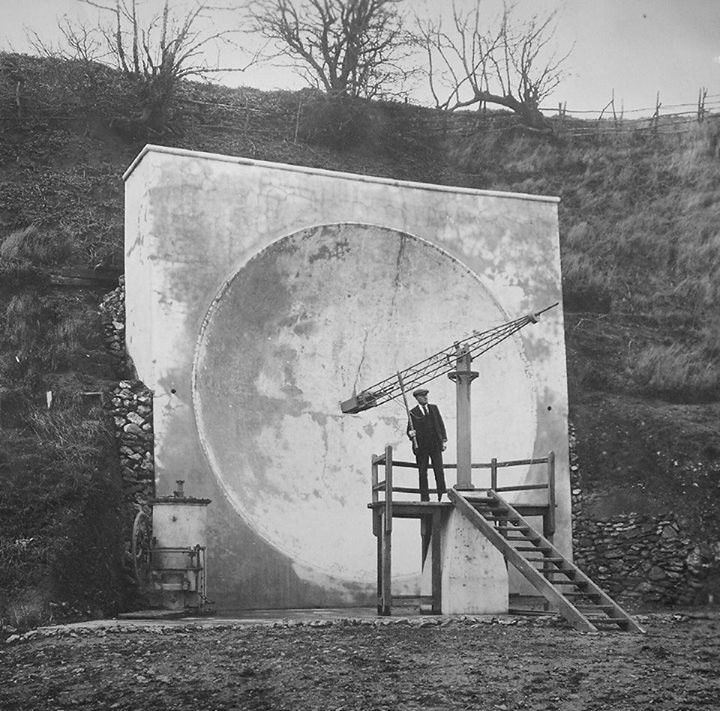
The first use of aircraft was during World War I. In the early years of the war, planes were increasingly used for espionage and surveillance, but as the war progressed, air strikes became more deadly by the end of the war. For the next war to be successful, the Allies needed to develop new strategies for air defense.

The most important component of an effective air defense system is an early warning system that can detect and track enemy aircraft before they arrive. But in the days before radar, the only way to detect enemy aircraft was to hear the approaching planes.
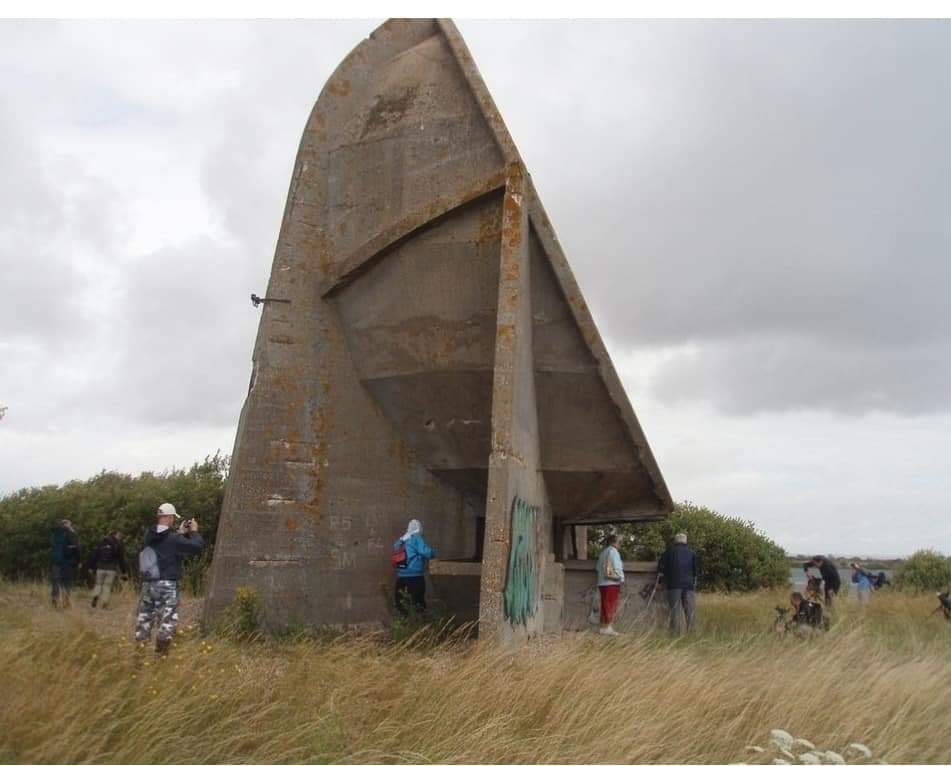
The Royal Air Force established a series of hearing posts off the coast of Great Britain. They contained giant spherical concrete reflectors called “sound mirrors” that could amplify sound by reflecting sound waves from their curved surfaces to a focal point like rays as they flew over the English Channel. (Like the light reflected from a curved mirror focusing on a point). Several microphones were placed in front of the reflector. The direction of the aircraft can be determined depending on which microphone received the strongest signal. Tools like these are now found in science museums as “whispering galleries”.

In the late 1920s, the first sound mirror was erected in Heath, Kent, on the south coast of England. The site was chosen because it was the flight route of commercial flights to France, so it was concluded that adequate experiments could be carried out. . First, five concave mirrors, six to nine meters high, were made of steel and concrete. These mirrors can effectively amplify sound waves up to three feet long. But the wavelengths of interest to the military ranged from 15 to 18 feet.
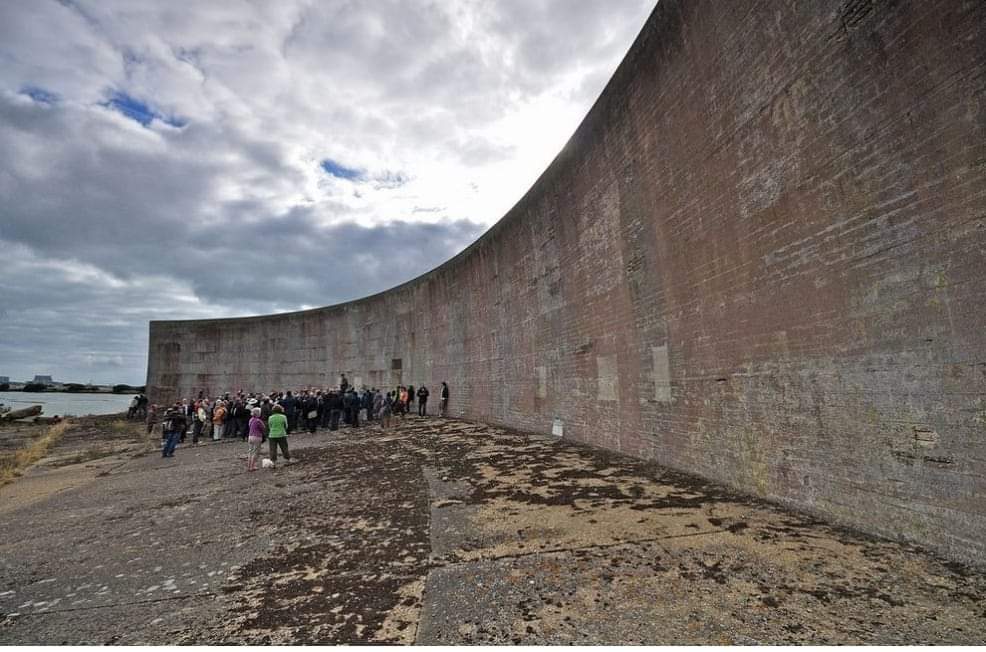
The sixth and last mirror was installed in 1930. It was a huge curved wall 60 meters long and 8 meters high. With a hearing range of about 20 miles, this mega-mirror finally gave the desired results.

Construction of sound mirrors soon began on the coast from Norfolk to Dorset, making it impossible for enemy aircraft to approach the UK from the English Channel. In addition to the mirrors, the listening post in the control room and headquarters trained a large team of more than 500 people to communicate quickly and accurately with telephone operators and officers.
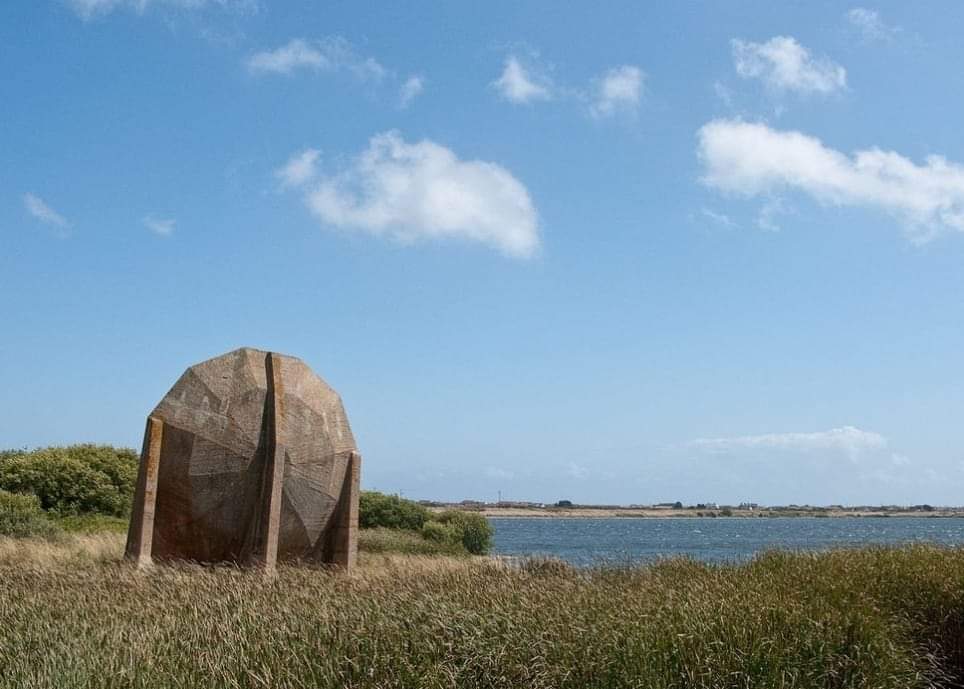
But none of this worked as intended. The warplanes were changing rapidly, and by the time they were discovered they were too close to handle. . Doubts soon arose about the Sound Mirror project. Then in 1935 the project was abruptly completed. Radio Detection and Range (Radar), an alternative to sound mirrors, was introduced.
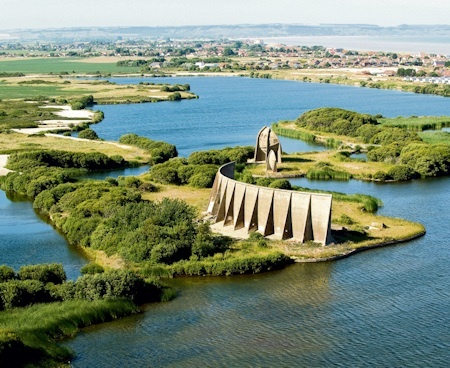
Concave sound mirrors that never saw activity still stand around the English coast. The most famous of these mirrors is Dengue, near Dunganes, Kent, England. The site has three mirrors – (60 m long curved wall, 9 m, 6 m circular dish). Sound mirrors still exist in at least 19 different locations, including Malta, the only place outside Great Britain with this structure.



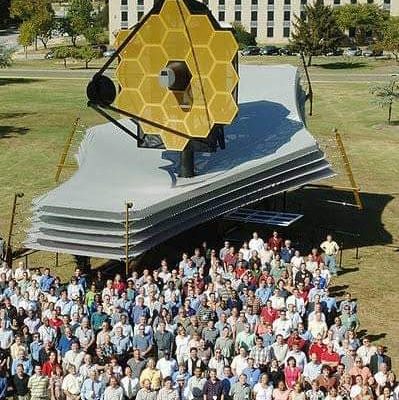

Recent Comments